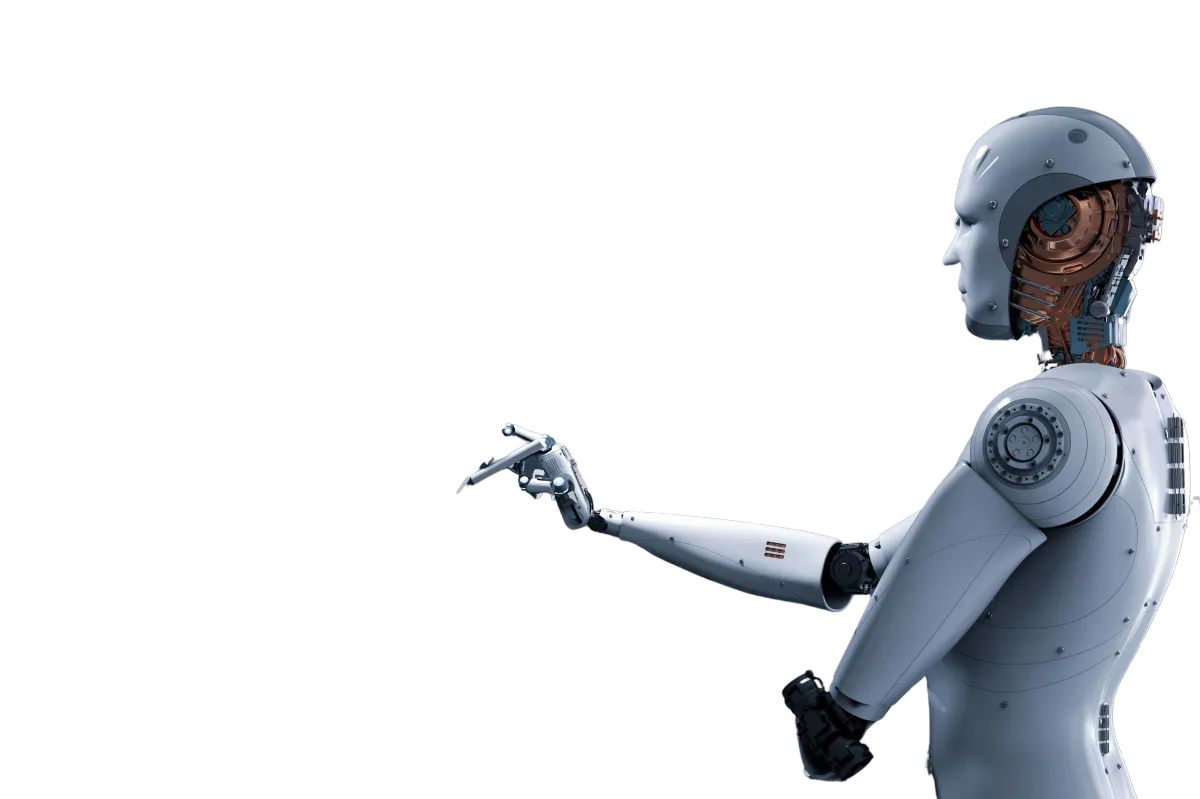
The Future of Robotics: Multimodal AI Models Enable Versatile General-Purpose Robots
The Future of Robotics: Multimodal AI Models Enable Versatile General-Purpose Robots

In recent years, advancements in artificial intelligence have paved the way for significant innovations across various fields. One of the most exciting developments is the application of multimodal AI models, such as GPT-4, in robotics. Researchers are now creating general-purpose robots capable of multitasking by leveraging these sophisticated AI techniques. These robots promise to revolutionize industries by performing a wide range of tasks, from flipping pancakes to opening doors, all through a single, versatile model.
The Rise of Multimodal AI Models
Multimodal AI models integrate multiple forms of data—text, images, audio, and more—to understand and generate responses across different contexts. GPT-4, one of the leading multimodal models developed by OpenAI, has demonstrated remarkable capabilities in processing and synthesizing diverse types of information. This ability to handle varied data inputs makes multimodal AI models particularly well-suited for applications in robotics.
General-Purpose Robots: A New Horizon
Inspired by these techniques, researchers are now developing robots that can handle a multitude of tasks without needing task-specific programming. Traditionally, robots have been designed for specific functions, such as assembly line work in manufacturing or navigation in autonomous vehicles. However, the advent of general-purpose robots marks a departure from this single-task paradigm. These robots, powered by advanced AI, can adapt to new tasks through learning and interaction, much like humans.
Versatile Task Performance
One of the key advantages of general-purpose robots is their ability to perform a diverse array of tasks. For instance, these robots can seamlessly transition from kitchen duties like flipping pancakes to more complex tasks such as opening doors or navigating through unfamiliar environments. The AI models enable the robots to understand context, execute commands, and learn from their experiences, continually improving their performance.
Practical Applications and Implications
The implications of such technology are vast. In domestic settings, general-purpose robots could handle household chores, assist in elderly care, and even provide companionship. In industrial environments, they could take on various roles, from quality control to complex assembly processes, thereby increasing efficiency and reducing the need for human intervention in hazardous tasks.
Moreover, these robots hold potential in healthcare, where they could assist in surgeries, provide patient care, and manage logistical tasks within hospitals. The versatility of these robots ensures that they can be deployed across numerous sectors, addressing labor shortages and enhancing productivity.
Challenges and Considerations
Despite the promising potential, there are several challenges to overcome. Ensuring the safety and reliability of general-purpose robots in diverse and dynamic environments is crucial. Ethical considerations regarding the deployment of AI in sensitive areas, such as healthcare and personal assistance, must also be addressed. Additionally, the integration of such advanced robotics into existing systems and workflows requires careful planning and adaptation.
The Road Ahead
The development of general-purpose robots is still in its nascent stages, but the progress made so far is encouraging. Researchers continue to refine these AI models, enhancing their ability to learn, adapt, and perform a wider range of tasks with greater efficiency and accuracy. As these robots become more sophisticated, their integration into everyday life and various industries will likely accelerate, heralding a new era of automation and AI-driven innovation.
In conclusion, the fusion of multimodal AI models with robotics represents a significant leap forward in technology. General-purpose robots, inspired by the capabilities of models like GPT-4, are set to transform the way we live and work. By performing multiple tasks efficiently and learning continuously, these robots embody the future of AI and robotics, promising a world where machines can adapt and thrive in an ever-changing landscape.

